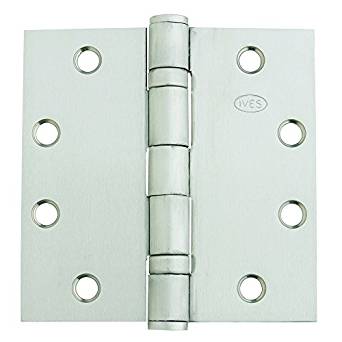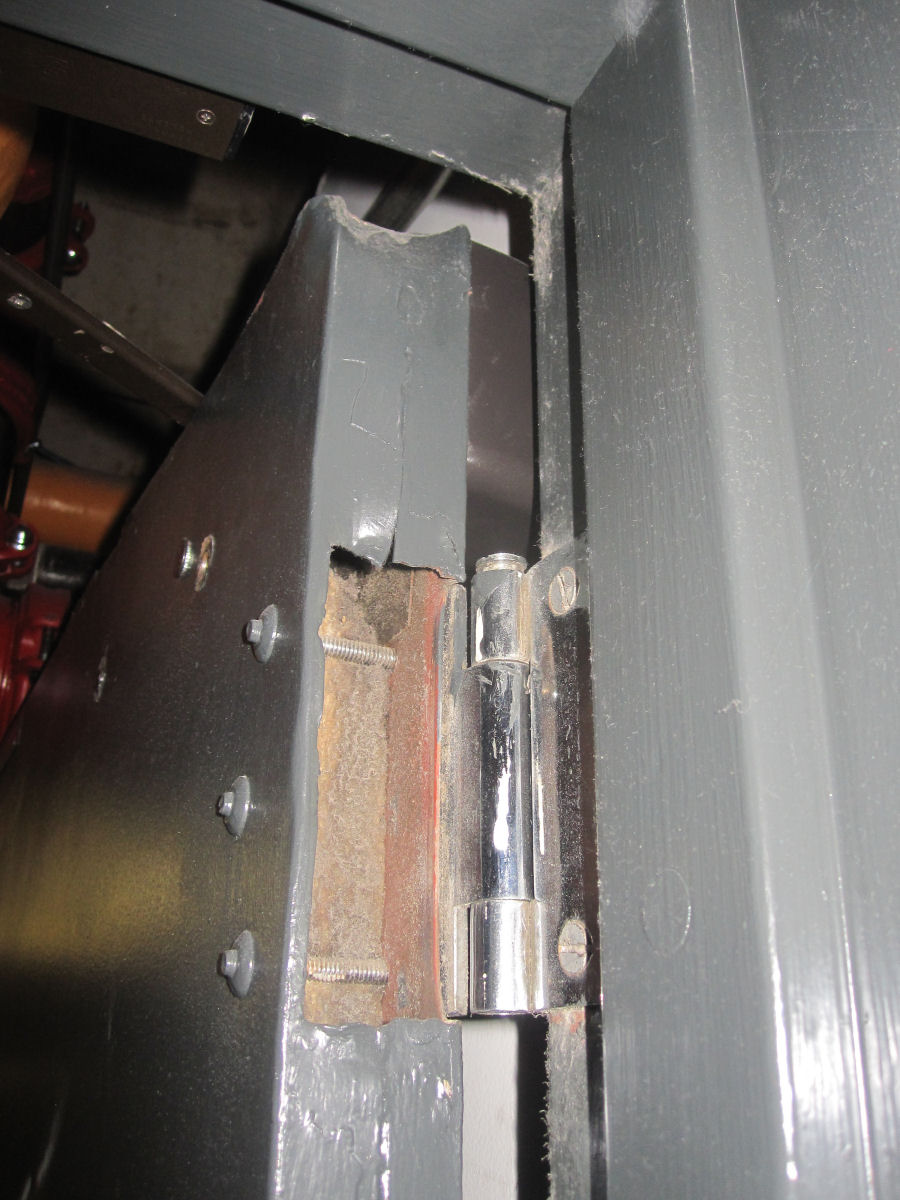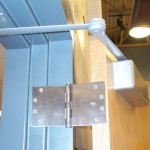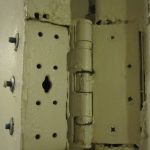 Continuing with this week’s posts focused on fire door assemblies in support of Fire Prevention Week, today’s post addresses Step 1 of hardware selection…”Hang the Door.” Hinges may seem like the most basic door hardware component, but there are a lot of details to consider.
Continuing with this week’s posts focused on fire door assemblies in support of Fire Prevention Week, today’s post addresses Step 1 of hardware selection…”Hang the Door.” Hinges may seem like the most basic door hardware component, but there are a lot of details to consider.
Swinging doors may be hung on architectural hinges, continuous hinges, or pivots, and NFPA 80 – Standard for Fire Doors and Other Opening Protectives, includes requirements pertaining to all of these products. Other hanging methods are allowed by the standard, such as proprietary devices that are integral to the door itself; prescriptive requirements for these products are not specifically addressed by 80 and would be covered by the manufacturer’s listings.
In order for a fire door assembly to close and latch reliably, the door must swing freely. During fire door inspections, problems with hinges, their fasteners, or hinge reinforcements in the door or frame are commonly found. It’s crucial for fire doors to be hung properly, with products that are correctly specified for the door size, weight, and usage.
NFPA 80 requires hinges and pivots to be of steel base material, ball bearing type, and of a certain size, thickness, and quantity depending on the door width and height, thickness, and usage. One hinge is required for each 30 inches of door height or fraction thereof. NFPA 80 includes criteria for the use of hinges or pivots that do not meet the requirements listed in the standard, for example, hinges of a different material, size, or bearing type. Continuous hinges and spring hinges must be tested and labeled for use on a fire door assembly.
Here are some additional resources on architectural hinges, continuous hinges, and pivots:
- Back-2-Basics – Hinge Types and Applications – If you are not familiar with the various hinge types (swing free, wide throw, raised barrel, etc.), this Back-2-Basics article is a great place to start.
- Decoded: NFPA 80 Requirements for Hinges, Pivots, and Continuous Hinges – This Decoded article addresses the requirements of the NFPA 80 standard for products used to hang swinging fire doors.
- Intro to Ives Hinges – Learn about the parts of a hinge, the different types of hinges (full mortise, half mortise, etc.), how to determine the correct hinge size and quantity, and other hinge basics in this video.
- Intro to Continuous Hinges – For an introduction to continuous hinges, check out this short whiteboard animation video.
There have been some “Quick Questions” over the years related to hinges and pivots for fire doors. Maybe you have some insight to add, or other Quick Questions I should answer?
- Are steel, ball-bearing, butt hinges for fire door assemblies required to be UL listed?
- How do the clearance limitations of NFPA 80 affect the installation of continuous hinges?
- Is an existing fire door assembly with 2 hinges acceptable, or should it be noted as a deficiency during a fire door inspection?
- Is it acceptable to remove the butt hinges from an existing fire door and install a continuous hinge?
- What is a swing-clear hinge and how would I know when to choose this type of hinge over other hinge types?

Hinge problems on fire doors are a common deficiency found during annual fire door assembly inspections.
We’ve even had some Wordless Wednesday photos of hinge problems:
- WW: Hotel Hinges
- WW: Electric Hinge
- WW: What’s the big deal?
- WW: Hollow Metal Doors (Literally)
- WW: Abuse and Neglect
- WW: Top Hinge Retrospective
For additional information on architectural hinges, continuous hinges, or pivots, refer to the Ives catalog.
Check back tomorrow for more about fire doors, and follow along on Allegion US for social updates and resources:
You need to login or register to bookmark/favorite this content.













Leave A Comment